Plastic Surgery Aftercare Guide: Eyelid & Facial Rejuvenation Recovery
2025-05-24
These guidelines are intended for international patient education visiting Noonopi Clinic in Korea for plastic surgery. Please note that postoperative care may vary depending on the surgeon, as individual surgical techniques may differ.
General Postoperative Instructions for All Plastic Surgeries
Successful results after plastic surgery require not only surgical skill but also diligent aftercare. Whether you’ve undergone eyelid surgery, a facelift, or a combination procedure, the following guidelines apply to most patients who had surgery in Noonopi Plastic Surgery, Seoul:
Can shower and wash face in:
- 1–2 days after eyelid surgery or mini neck lift
- 4 days after facelift
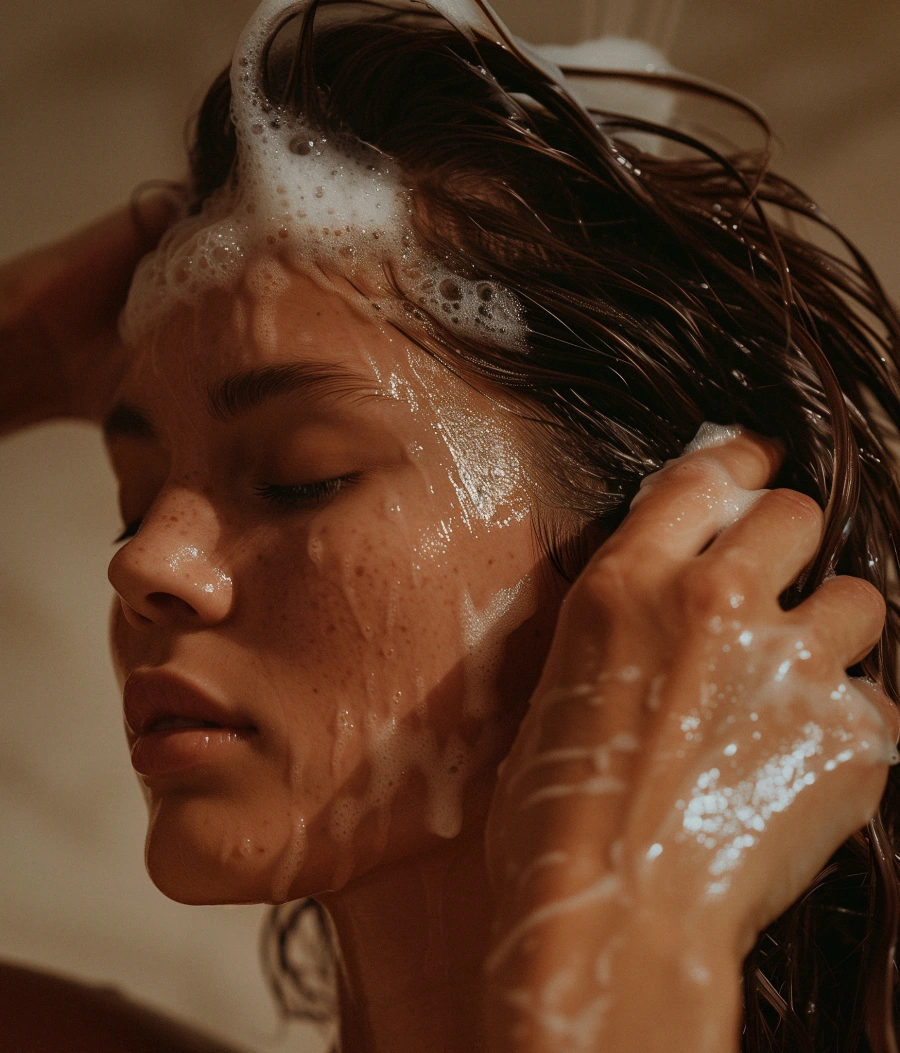
Rubbing or Make-up
- Avoid rubbing or massaging the surgical site—even once washing is permitted. Let water gently run over the area.
- Makeup or rubbing the treated area may resume one week after stitch removal.
- While wounds should be kept with oint apply, we strongly recommend keeping the surrounding facial skin well hydrated.
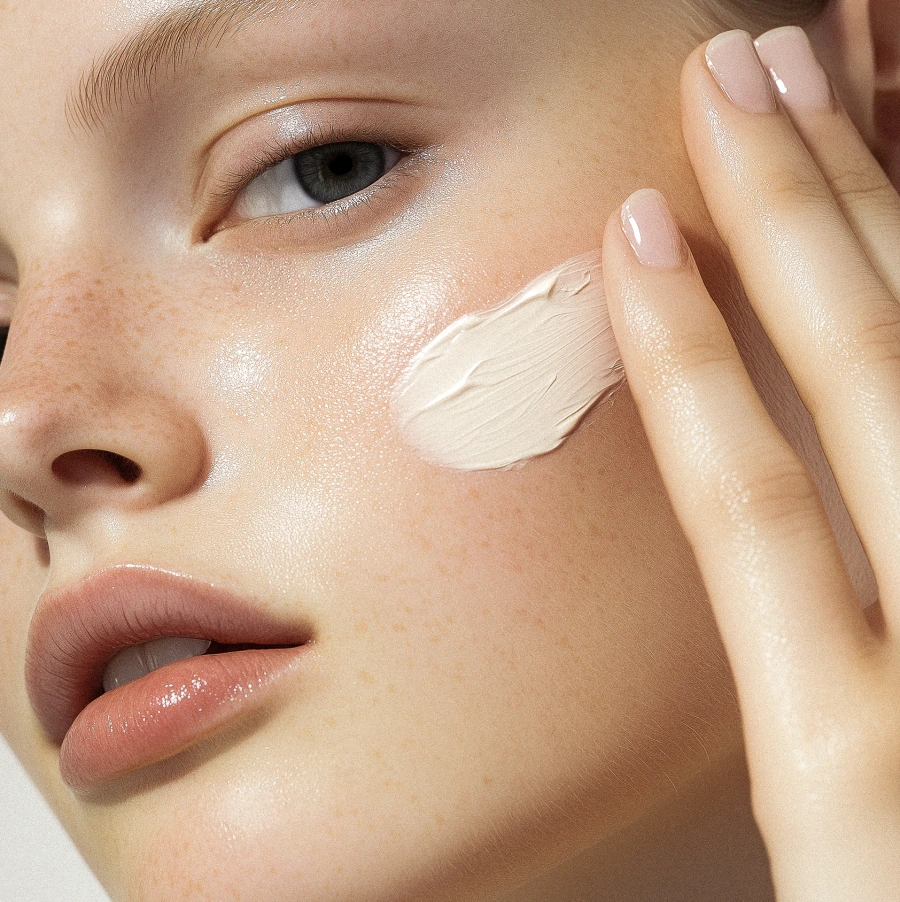
Wound Care
- If ointment has been prescribed, apply it to the surgical site 4–5 times daily. Keeping the wound moist supports optimal healing.
- In most cases, clean tap water does not lead to wound infections after plastic surgery.
- However, heat, rapid swelling, and sudden skin discoloration can be signs of infection.
Daily activity
- Light physical activity (like walking) can resume 1–3 days post-op, but avoid intense workouts or facial expressions for at least one month.
- Refrain from alcohol and smoking for at least two weeks.
- We recommend waiting at least one month before perming or coloring your hair, particularly if you’ve had an endoscopic forehead lift or facelift.
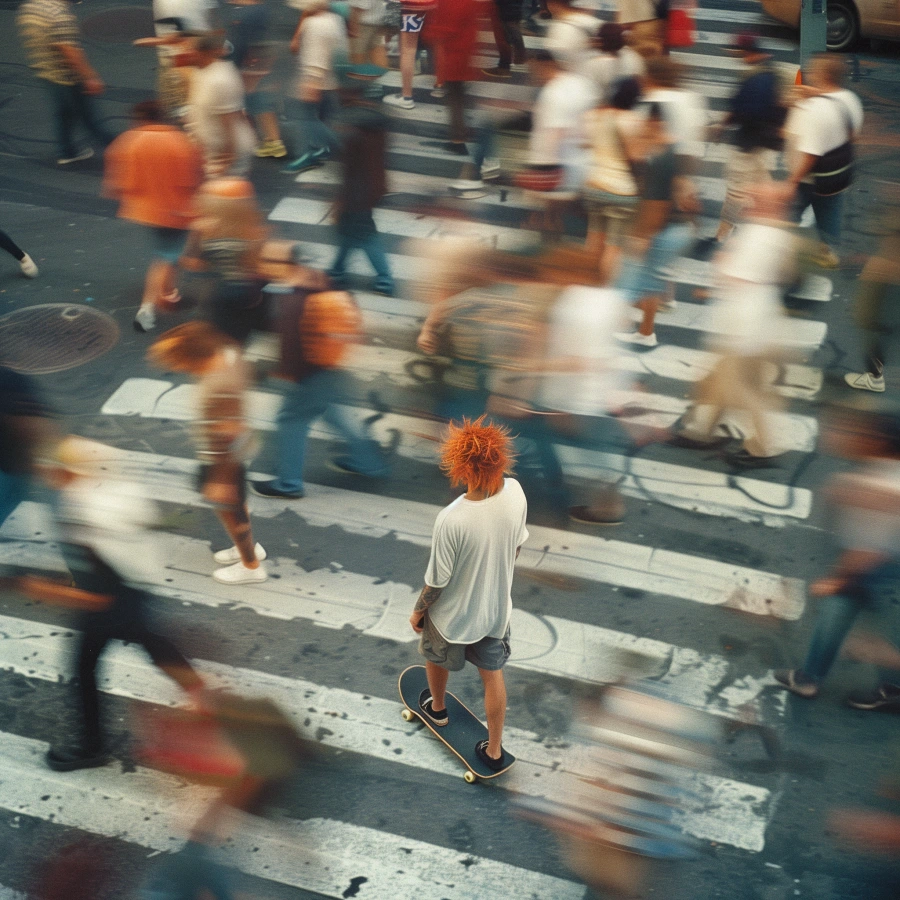
Tip for Reducing swelling and bruising
- Apply cold compresses for the first 3 days (only 1 day for fat grafting), then switch to warm compresses.
- For the first 3 days, stay upright during the day and aim to sleep late and wake up early—this helps reduce swelling.
- Eat a low-sodium diet and avoid salty/spicy food in the first week to minimize swelling.
- Contact your clinic immediately if you experience sudden swelling, redness, or sharp pain, as well as fever, vomiting, nausea, severe pain, or signs of infection—please📱contact to clinic in that case.
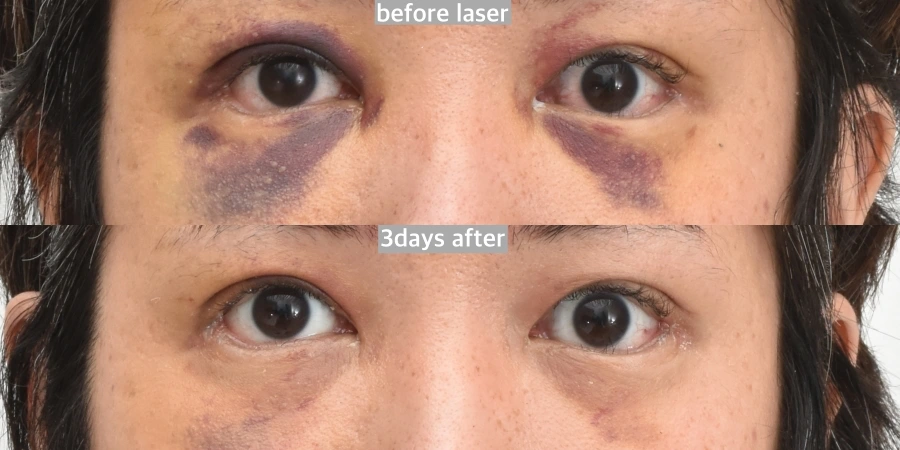
(Double eyelid with ptosis correction, forehead lift, and epicanthoplasty case)
It is important to follow all discharge instructions provided by your healthcare team and be aware of the risk of complications such as blood clots, constipation, and infections. Take all medications and pain medication as instructed by your doctor or surgeon to support your recovery and decrease the risk of developing further issues.
Involve a family member or nurse in your care, especially when being discharged or sent home from the hospital, to help manage medications, monitor your health, and follow discharge instructions. The expected recovery process may involve some discomfort, swelling, or mild bruising, which are normal symptoms, but contact your doctor with any concerns or if you develop severe pain or unexpected symptoms.
Rest is important, but try to decrease the amount of time spent in bed to reduce the swellings. Balance rest with light activity as instructed. Eating and drinking can usually resume 4 hours after surgery once you are fully awake and able to tolerate fluids; proper nutrition and hydration are important for wound healing and overall health.
Wear loose-fitting clothes but some compression garments may instructed by your surgeon to support healing and decrease swelling. The hospital is the initial place for postoperative monitoring, and you will be discharged home once your doctor or nurse determines it is safe. Aftercare may vary depending on the type of operation performed, so always follow the specific instructions given for your procedure.
Plastic Surgery Aftercare for Upper Eyelid Surgery
These instructions apply to procedures like Non-incisional double eyelid surgery, Incisional blepharoplasty, Subbrow lift, and Epicanthoplasty.
Most eyelid incisions do not require dressing or bandages. However, it’s important to monitor the incision site for signs of infection—such as increased redness, swelling, or discharge—which are very rare but possible.
Keep the wound site slightly moist with ointment apply until the sutures are removed. Wound care involves gently cleaning the incision as instructed by your healthcare provider and contacting your doctor if you notice abnormal concerning symptoms.
General Guidelines:
- Avoid wearing contact lenses or touching, rubbing, pulling, or stretching the surgical area for 2 weeks.
- Most eyelid incisions do not require bandages—apply prescribed ointment with using a cotton swab 3~5 times daily until sutures are removed.
- Use artificial tears (if prescribed) 4–5 times daily, especially before sleep.
- Mild compression tapes (e.g., Duoderm) on the lower lid can be removed on day 3, peeling from center to outward.
Non-incisional Double Eyelid Surgery:
- Stitch removal is usually unnecessary but may be done around day 3 if present.
- Follow-up is optional but recommended between days 1–3.

Incisional Double Eyelid or Upper Blepharoplasty:
- Sutures are removed between days 5–7.

Subbrow Lift:
- Same as above, with optional laser scar treatment after 1 month if needed.
Epicanthoplasty:
- Hyperemia, chemosis, or conjunctival edema may normally occur and typically resolve within 1–2 weeks.
- Stitches typically removed 2 weeks post-op.
- In some cases, Noonopi prefer absorbable sutures which may be dissolves over 4–6 weeks.
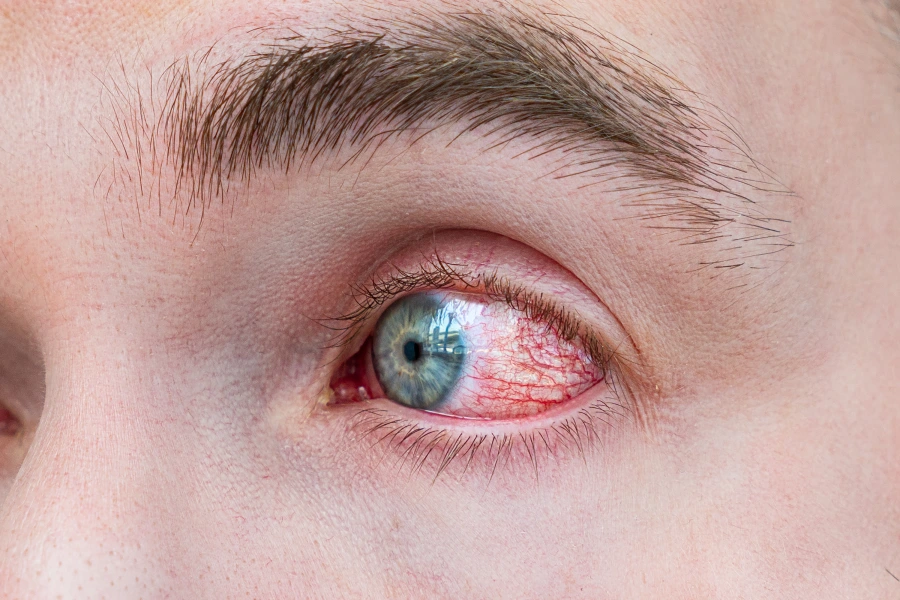
Postoperative Precautions for Lower Eyelid Surgery
These instructions cover Lower blepharoplasty with skin incision, Scarless lower blepharoplasty without skin incision(but through conjunctiva), and the Dark circle treatment package (scarless LB + nano fat grafting + laser).
General Guidelines:
- Avoid contact lenses and do not rub the area for 2 weeks.
- Face washing allowed from 1–2 days post-op, done gently.
- No dressing needed—apply ointment with a swab 3 times daily.
- If prescribed, use artificial tears 4–5 times daily.
- Remove compression tape (Duoderm) on day 3, peeling gently outward.
Lower Blepharoplasty:
- Follow-up recommended days 1–3, suture removal on day 7.
- Although it occurs in less than 10% of cases, hyperemia, chemosis, or conjunctival edema may appear and typically resolve within 1–2 weeks.

Scarless Lower Blepharoplasty:
- No stitches to remove; follow-up optional but recommended days 1–3.
Dark Circle Treatment:
At Noonopi Plastic Surgery in Korea, dark circle treatment packages typically include scarless lower blepharoplasty, nano fat grafting, and laser skin treatment—all performed in one session.
- Sutures from fat harvesting (thigh/abdomen) removed day 7–10.
- Absorbable sutures can be used for international patients.
- Follow-up usually scheduled 1–2 months post-op. Additional laser treatment may be done at that time.
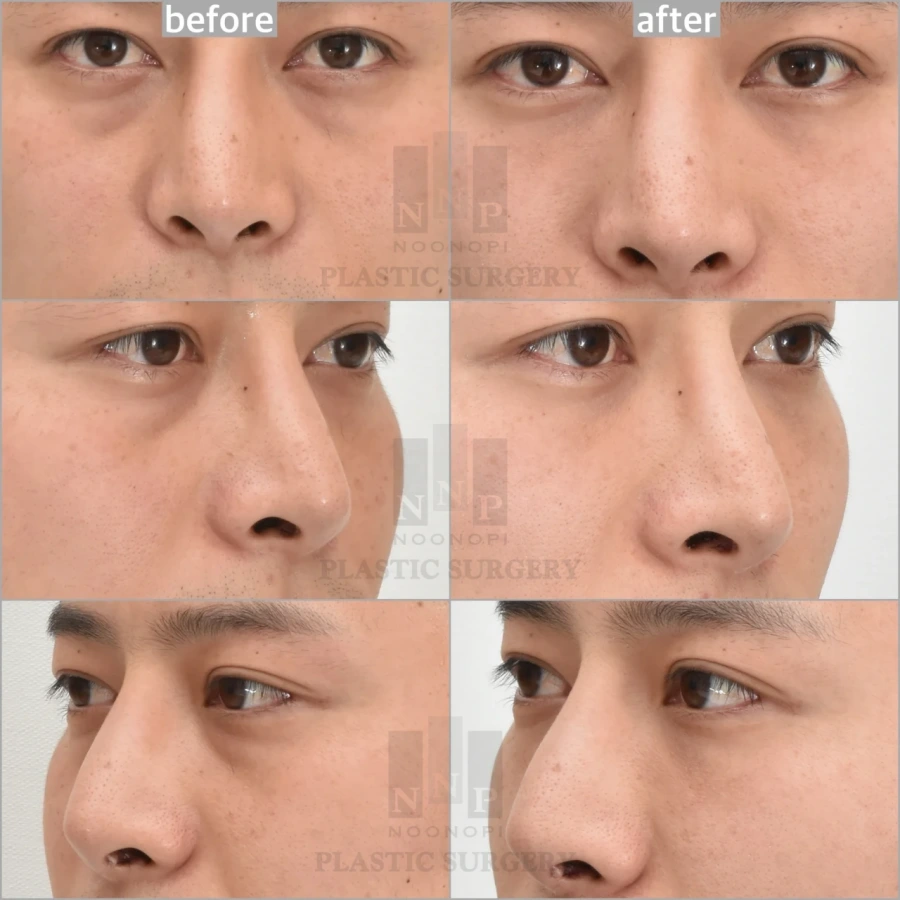
Post Surgical Instructions for Facial Rejuvenation, Facelift Surgery
These apply to facelift, neck lift, and thread lift procedures.
- Drains are often placed to prevent fluid accumulation and should be removed as directed by your provider. Proper drain care is essential, including regular monitoring of drainage to prevent infection and promote healing.
- Monitor the incision site for signs of infection such as redness, swelling, or discharge, and follow all wound care instructions provided by your healthcare team.
- Follow your surgeon's instructions regarding compression garment use and wound care to ensure optimal recovery and minimize complications.
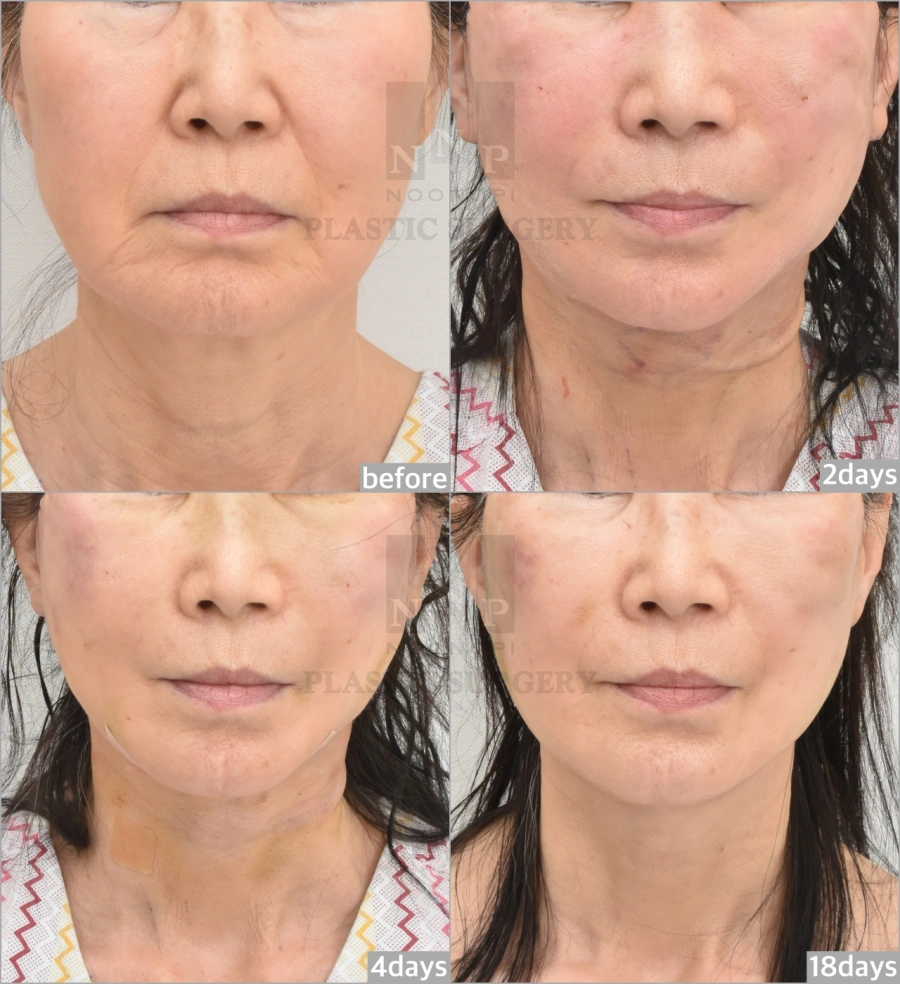
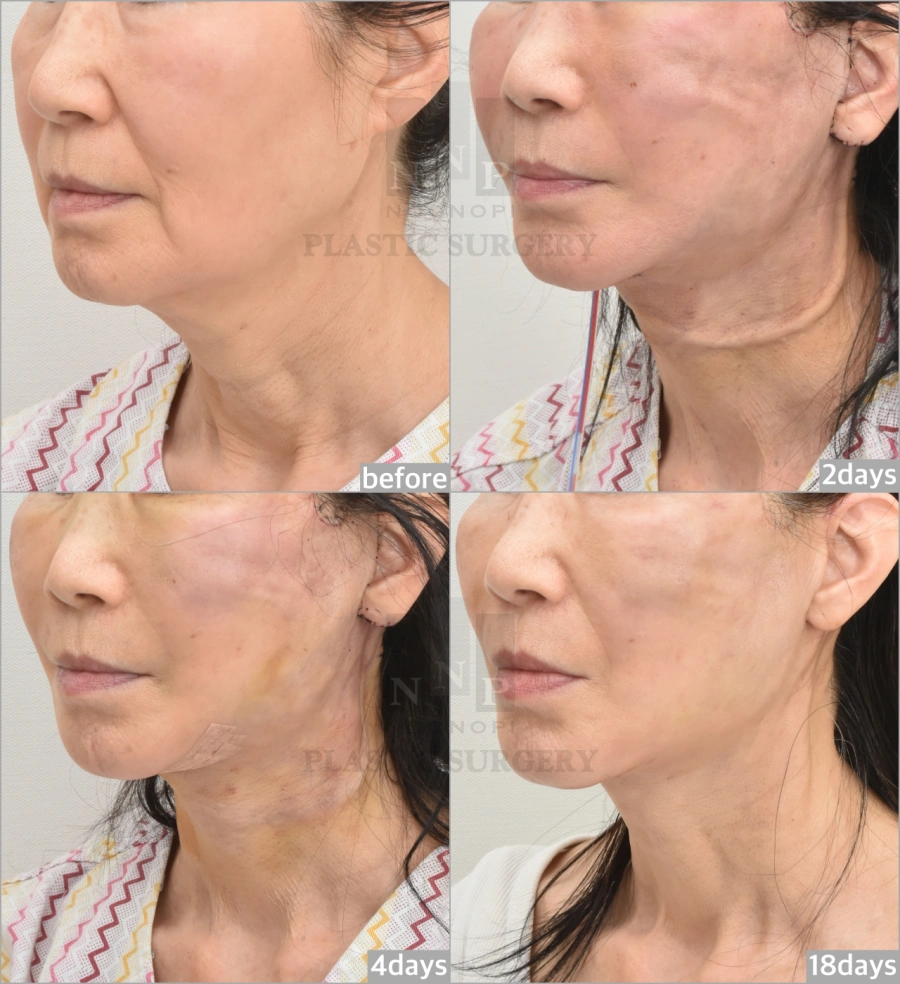
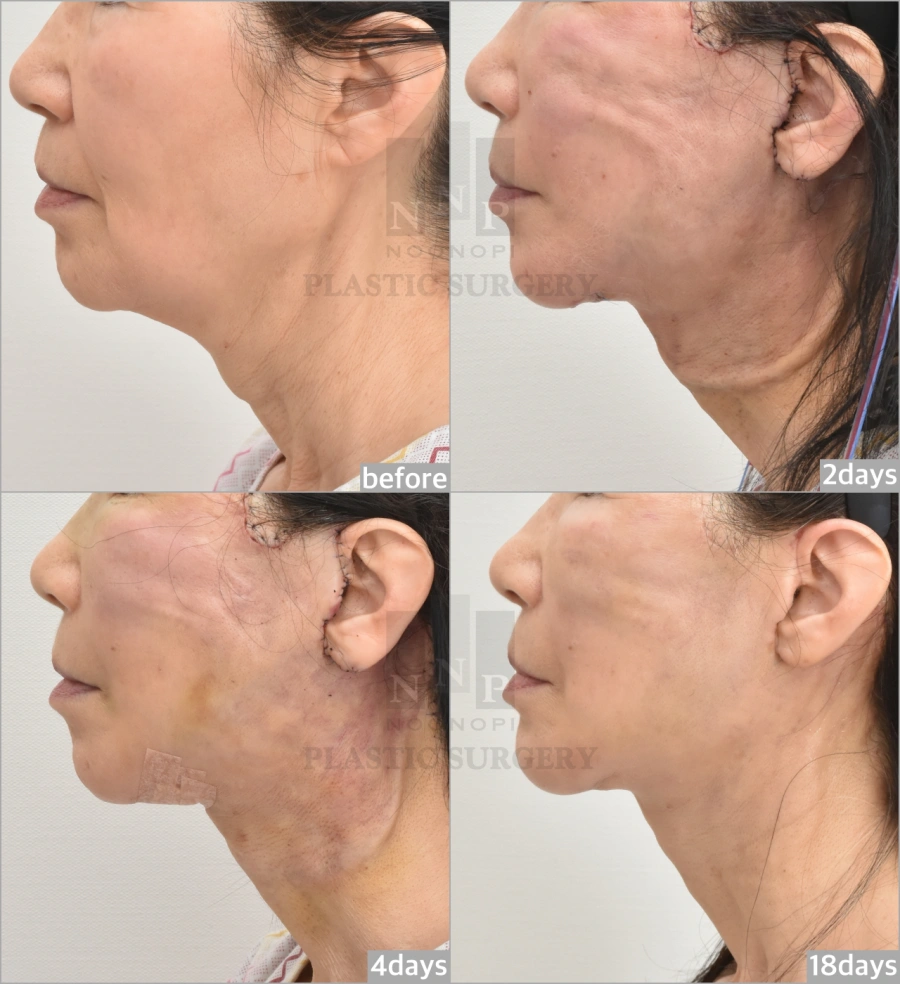
Facelift & Neck Lift:
- Recommended follow-up visits on days 1, 2, and 4.
- HBOT (Hyperbaric Oxygen Therapy) provided (4–6 sessions inclusive in surgical fee).
- Drain removal usually done on day 4 or 5.
- Apply cool (not ice-cold) facial masks until your drain is removed. After that, switch to warm compresses to support healing and circulation.
- For 2–3 weeks post-op:
- Avoid pillows while sleeping. Neck should be in neutral flap.
- Avoid bending neck.
- Refrain from eating hard-to-chew foods and making strong facial expressions, especially during the early recovery period.
- Compression facial garment should be worn for up to 4 weeks to minimize swelling and support results.
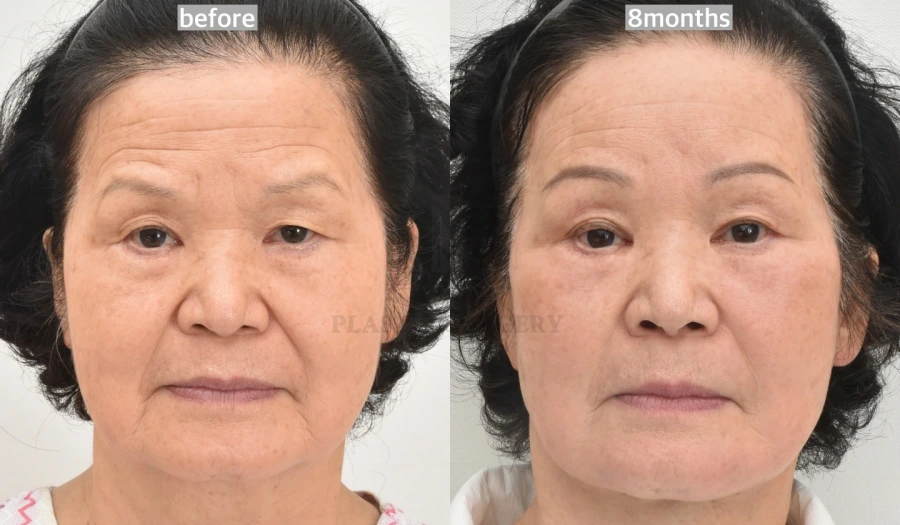
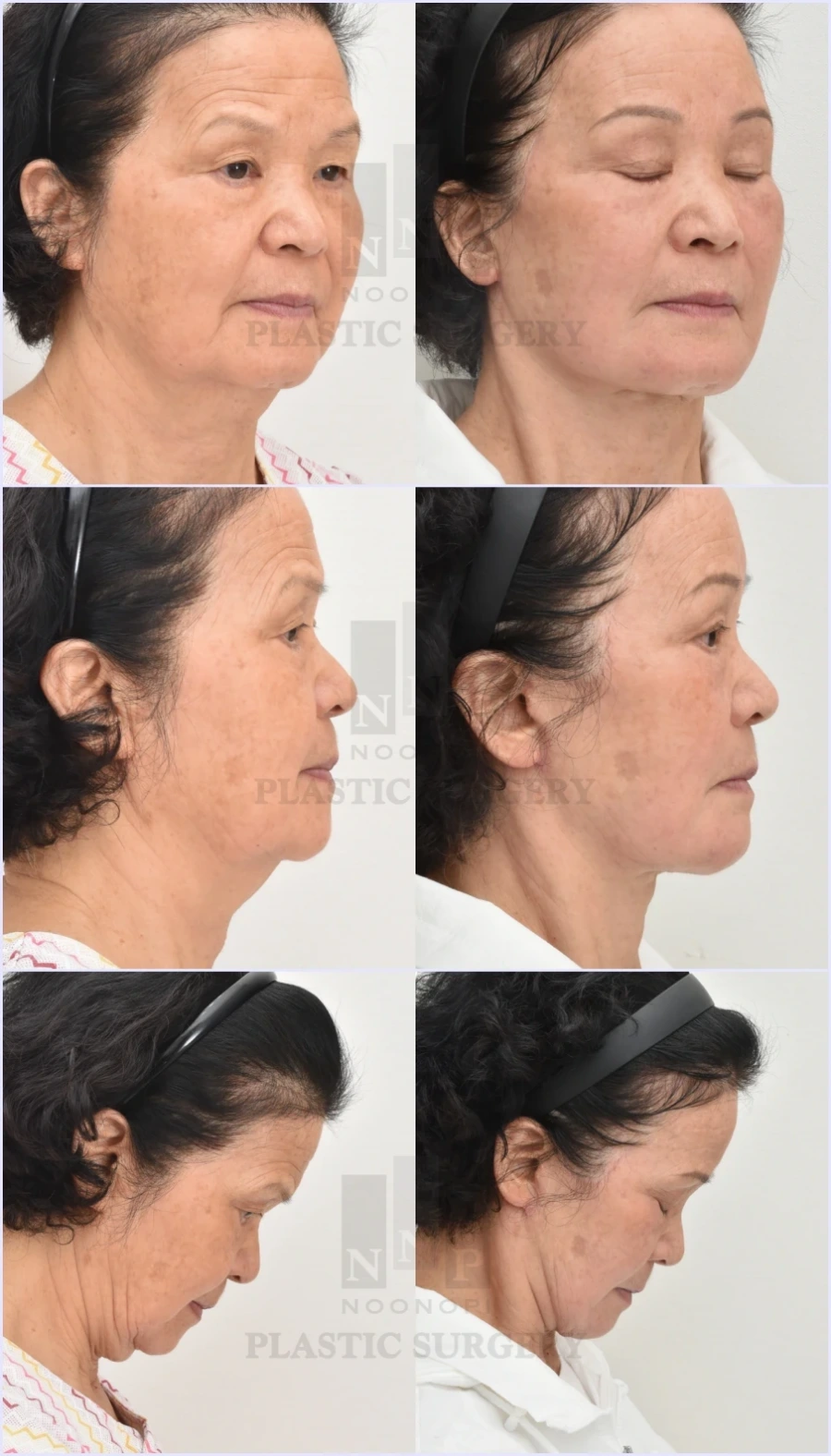
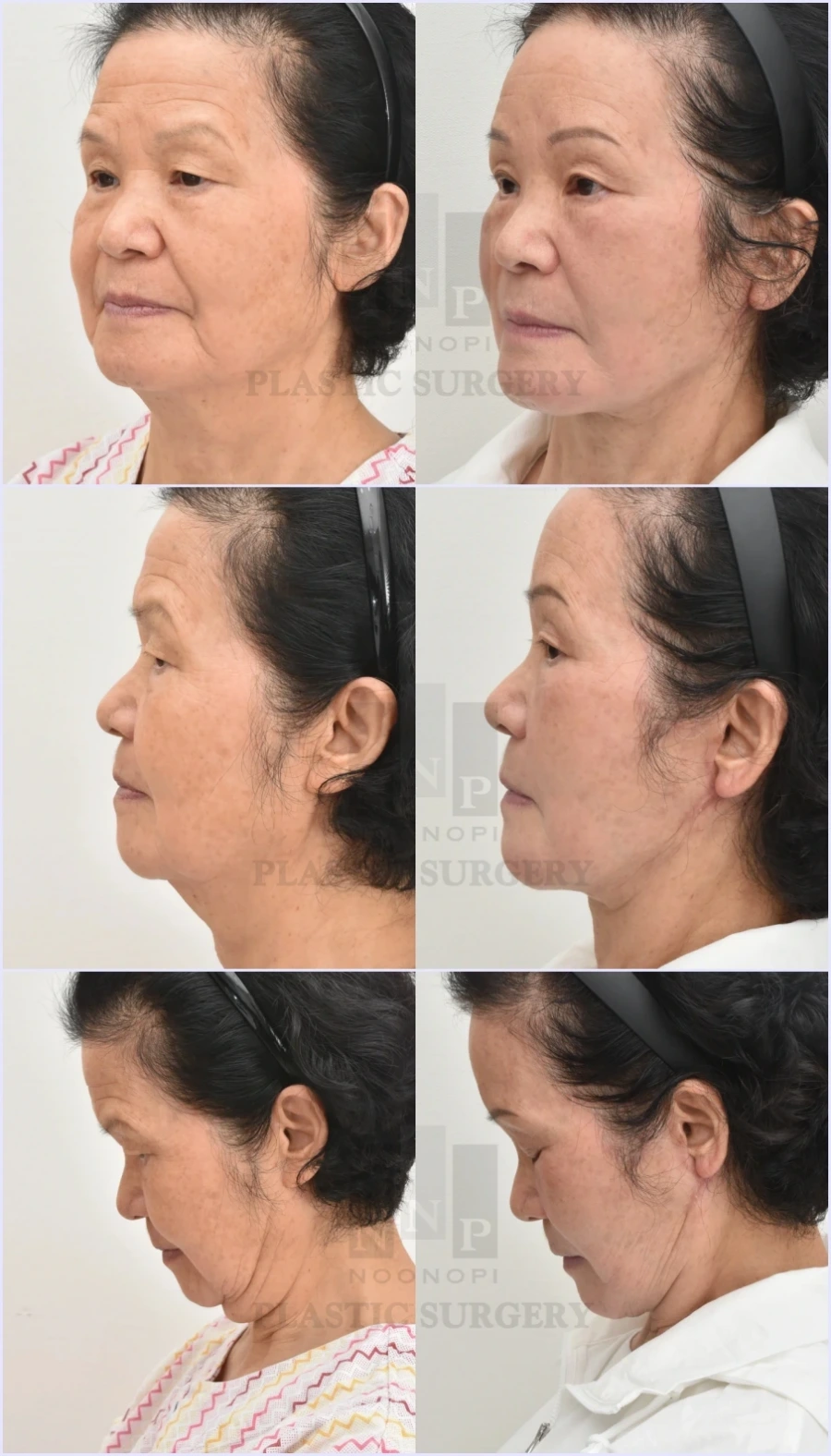
Thread Lift:
- A single follow-up between days 1–3 is recommended (optional).
- Wearing a compression facial garment for up to 4 weeks helps with recovery.

